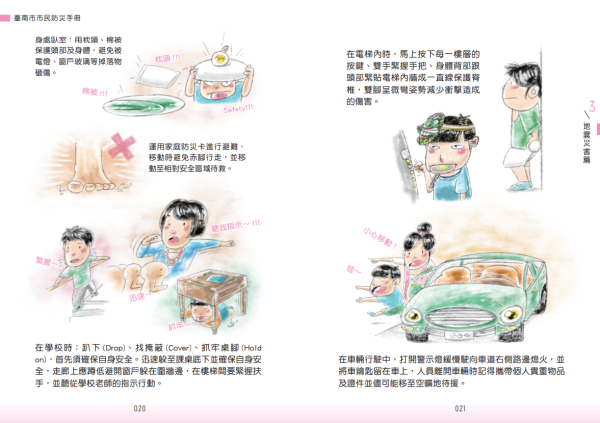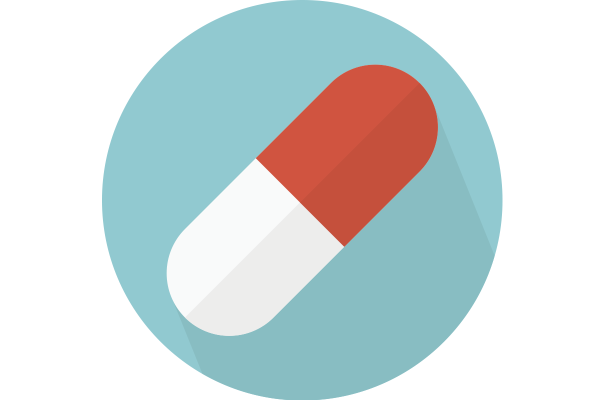Prevention is in the treatment! Experts reveal that everyone should know their 6 health indicators

We all know that when preventing and treating it, once a disease occurs, such as heart disease or abnormality, it may cause great pain to yourself and your family. If you can find ways to help us prevent these diseases, it is worth your attention. Here are six indicators everyone should know about their own health:
1. WaistlineExperts point out that if there is only one measurement method to predict a person's health, it is waistline, which reveals the amount of fat around the middle part of your body. If a woman has a waist of more than 35 inches and a man has a waist of more than 40 inches, the risk of heart disease, type 2 diabetes and other recognition problems will increase.
There are more and more studies that waist is a more useful measure than BMI. It can more accurately estimate abdominal fat and predict disease risks.
To measure your waist, first lay the measuring scale in the middle of your stomach, that is, the belly, and make sure you take the measurement after you are standing.
2. Chlorideexperts suggest that their total Chloride sterol, high-density lipoprotein (HDL) Chloride sterol and low-density lipoprotein (LDL) Chloride sterol values should be clear. For example, patients with cardiovascular disease will undergo a blood lipid check at least once a year. If the blood lipid concentration shows an increase, the test needs to be performed every three to six months.
Expert supplementation, LDL is the most important value, because this will reveal the risk of patients suffering from coronary heart disease or atherosclerosis (also known as plaque blocking dysfunction). Many people with higher LDL concentrations will take prescriptions such as statins, but this depends on factors such as personal risk.
3. Blood pressureIf you suffer from hypertension, your heart sends more blood, which will damage the blood vessel walls and cause sclerosis of the veins. In addition, hypertension can cause complications such as heart disease and wind, and at the same time it can damage organs such as brain and kidneys. This is why it is so important to check blood pressure at least once a year.
If you have high risk factors such as age, family history and obesity, which lead to higher risk of hypertension, you should check the blood pressure value more frequently.
According to the American Career Association, normal blood pressure should be less than 120/80 mmHg. If your blood pressure is high, the doctor's disposal method will depend on your individual circumstances.
4. Blood sugarGlycosified hemoglobin is one of the ways to measure blood sugar. This test calculates the average blood sugar concentration over the past two to three months and is used to diagnose type 2 diabetes and prediabetes.
If you are over 45 years old, or are young but overweight, or have a sedentary lifestyle, or have risk factors such as diabetes, such as parents, siblings, and diabetes, you should test the glycated hemoglobin once a year. On the other hand, it is best for people who have been diagnosed with diabetes to follow up and check once every three months (4 times a year). If the blood sugar is well controlled, the number of checks can also be reduced according to the doctor's suggestion.
5. Basic Recipient RateBasic Recipient Rate mainly measures the minimum amount of heat required for the body to maintain basic living functions during rest. Understanding basic recipient rate can allow you to determine whether your diet is enough to meet the basic needs of the body. This can ensure that changes in diet and exercise habits are safe and sustainable.
If you enter age, height, weight, and gender, many online computing tools can help confirm your basic recognition rate. For example, the daily baseline merit rate of 30-year-old women who are 165 cm tall and weigh 58 kg is about 1,300 calories.
6. Grip StrengthExperts point out that grip strength mainly reflects the muscle strength of the hands, forearms and upper limbs, which is a good indicator for evaluating a person's future body function as age. If your grip is strong, you will be able to open the jar, snatch the racket, lift heavy objects, and protect yourself when you fall. Studies have shown that weaker grip strength is related to diabetes, heart disease, cognitive decline, and is associated with higher risk of death and poorer quality of life.
Grip strength can be tested through a grip force. If your grip strength needs to be improved, in addition to weight training and resistance training, you can also perform training by pressing the ball twice a day, ten minutes each time.















